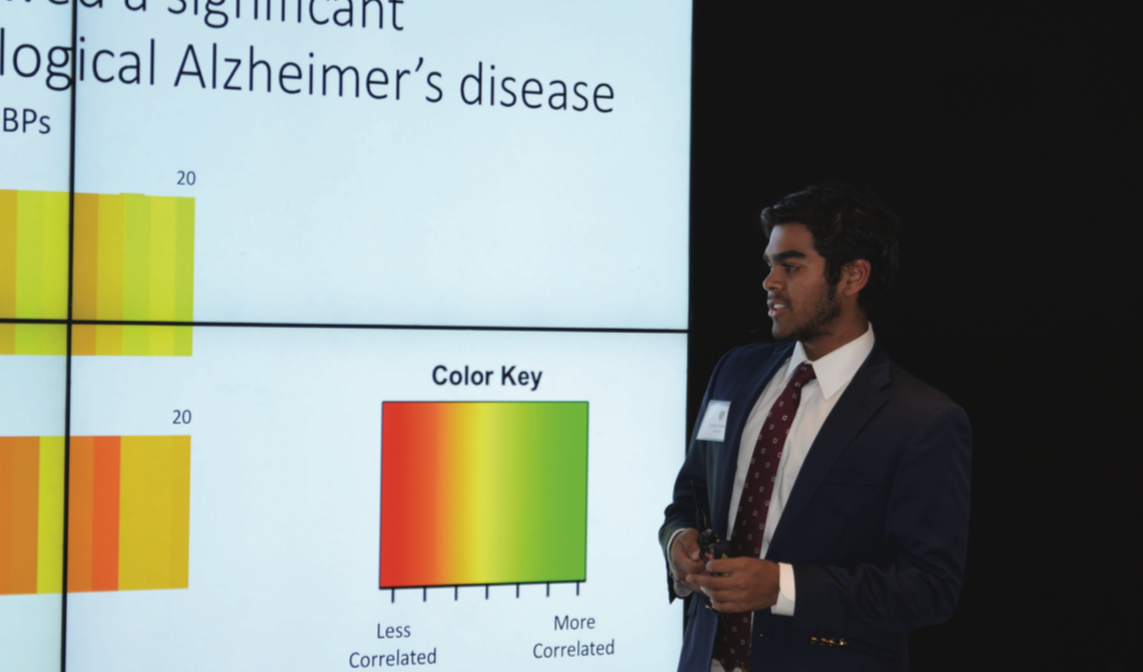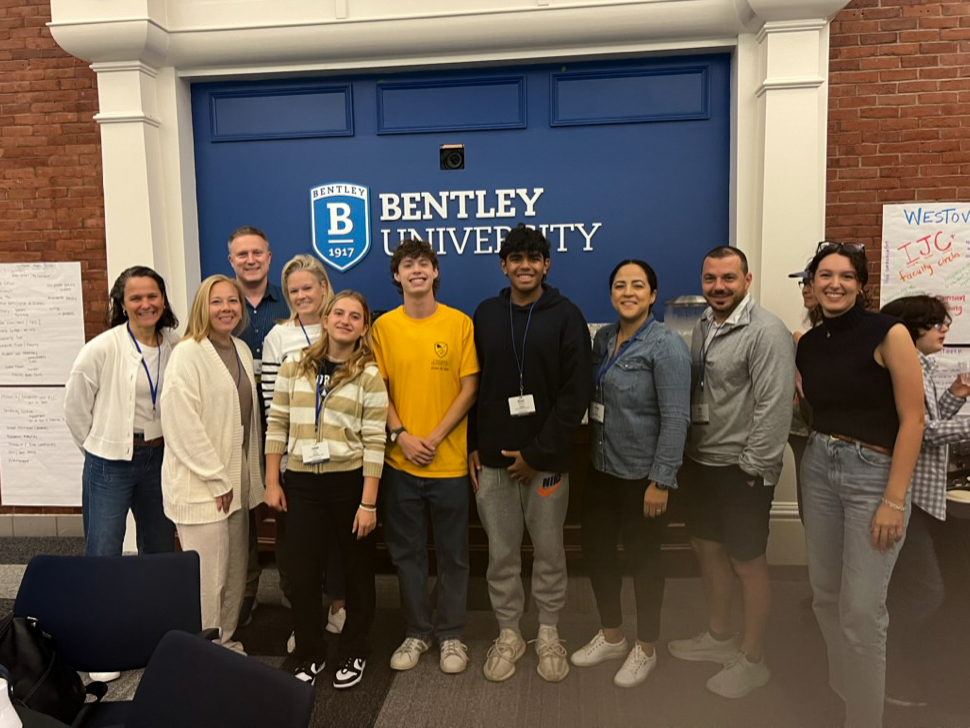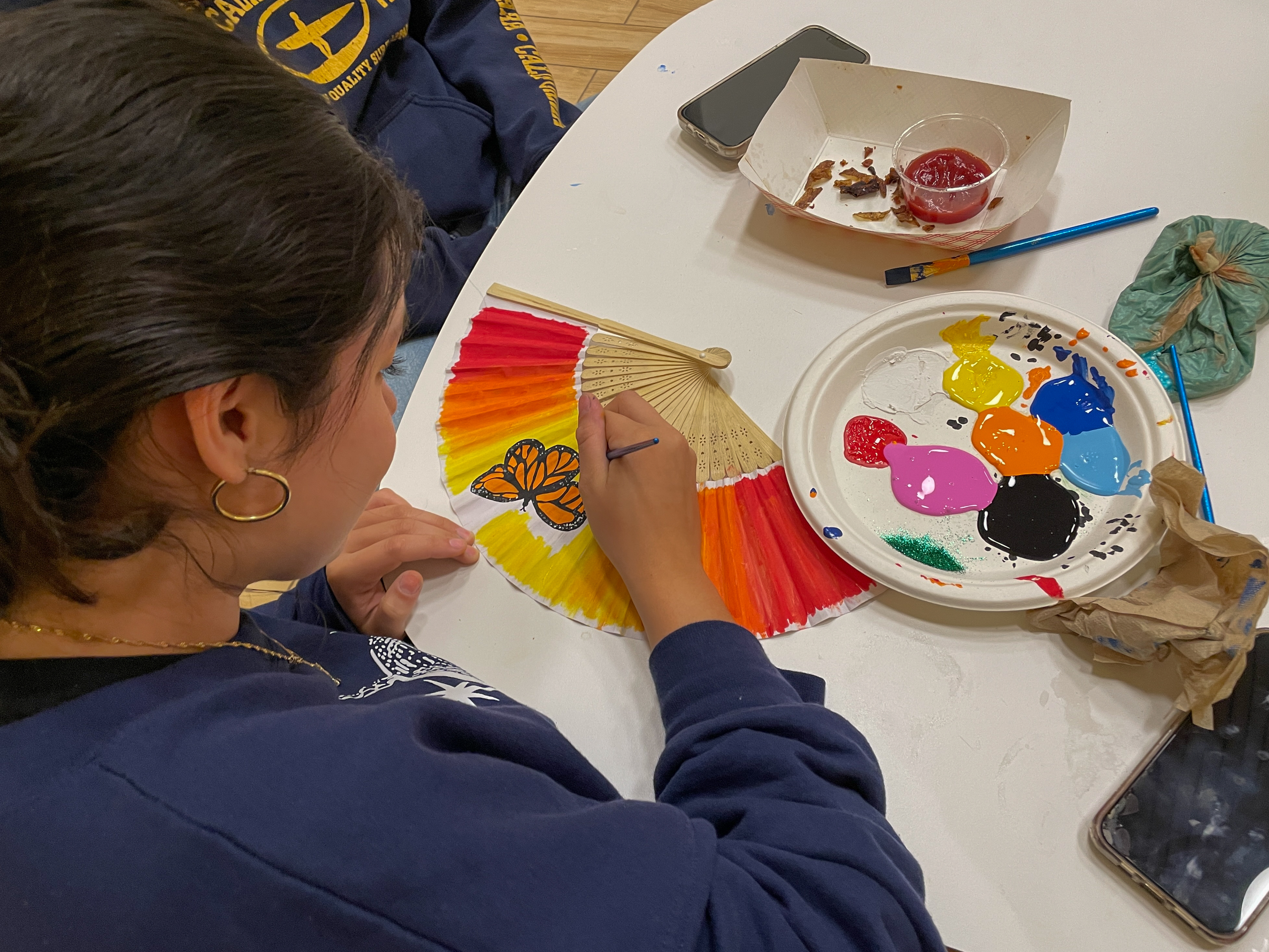For the very first time, the two sections of the Science Research Program (SRP) were integrated in the Student Lecture Series in order to encourage students to listen to a variety of research. On Tuesday, November 8, and Thursday, November 10, 16 seniors presented on topics ranging from mechanical engineering to cancer biology, distilling their research projects in language easy to understand for everyone.
Students enjoyed the new format of the lecture series. Pinn Chirathivat ’19 said, “I think it gives the audience a wider spectrum of the Science Research Program. It allows the audience to get the feel of the two very different topics in the same period of time. Especially for students who are considering taking SRP next year, I think the integrated talks are beneficial towards them because they will get a better sense of both sections of the SRP.” William Wildridge ‘19 added, “I thought it was nice because there’s a clear difference between the two sections, it’s good to have variety, and it keeps my interest better than having all the same.”
Though seemingly daunting and complicated, SRP students aim to simplify their topics for their presentations. Many students had to rack their brains for useful analogies; for instance, Daniel Stempel ’17 compared antibodies to policemen, antigens to robbers, and adjuvants to guns so that he could better explain a way the immune system worked. Just like how if a robber has a gun, the police response would be more intense, the presence of adjuvants can increase the intensity of antibody response to antigens. In addition, George Wildridge ’17 connected the process of machine learning to playing a game of Plinko, in which the goal is to get balls through a field of pegs and into buckets. He compared playing the game multiple times and adjusting the strategy according to the result of the previous games to the process he was trying to program into his robots to help them learn.
Students have spent the whole term thinking of these analogies and explanations of their research. Amir Idris ’17 explained, “We started preparing for presentation the first day of SRP in senior fall. We jumped right into practice run-throughs, trying to get all of the important data down into a 10-12 minute presentation. Then we worked on some final touches, such as improving our public speaking skills and formatting our data so that it was more easily understood.”
SRP is a Signature Program at Choate created 14 years ago to provide students with the unique opportunity to study scientific research at the Ph.D. level. There are two sections of the program: biology and quantitative. Dr. Allison Nishitani directs the former, while Dr. Christopher Hogue the latter. SRP lasts from junior fall to senior fall, preparing students for lab internships over the summer. During senior fall, after students return form their internships, they prepare a poster, presentation, and manuscript that summarize what they have learned over the summer.
Dr. Hogue commented on the transformations he sees students undergo through the program, “In the beginning, I treat the kids as students, giving them tips and pointers to help their research, but by the end I treat them as my fellow peers; rightfully so, as by then they have completed research that most people can only do in graduate school.”
Nathan Chang ’17 elaborated on the challenges he experienced during the program: “I thought the major challenges I faced were learning how to concisely write and how to gain meaningful data.”
Idris agreed. “Learning how to present your findings is important. As a scientist in the real world you are dealing with really complex stuff, and to be successful, it is crucial to be able to distill data so that it is accessible to people.”





